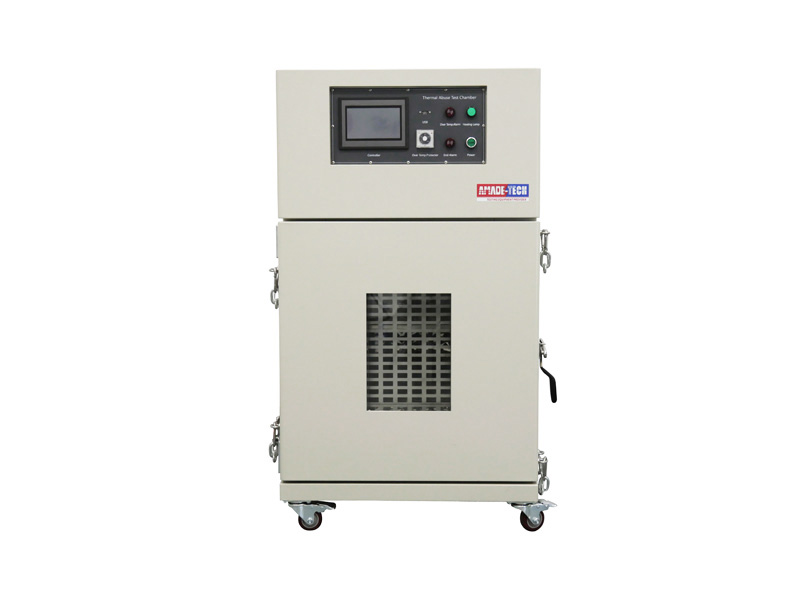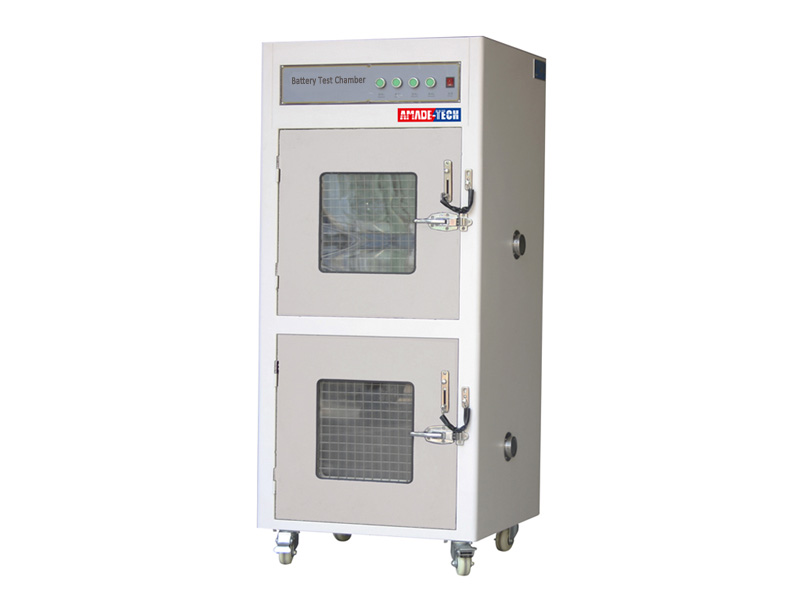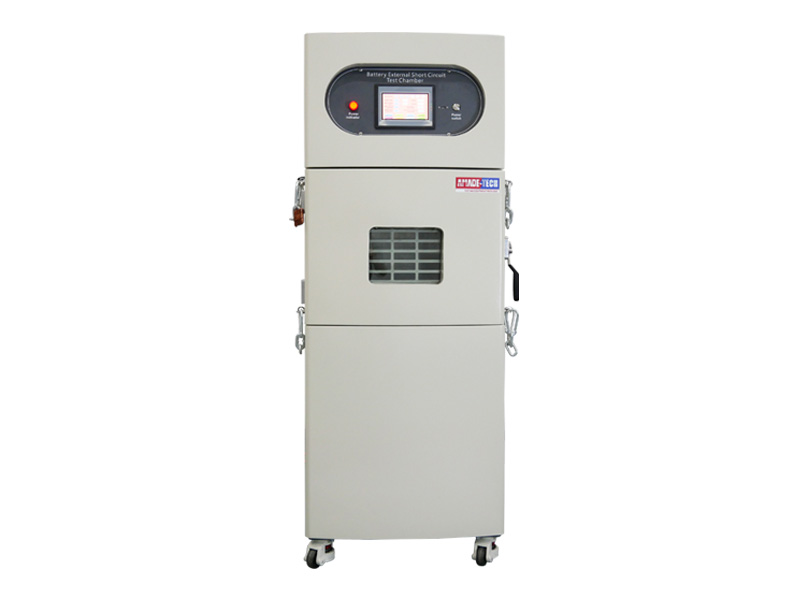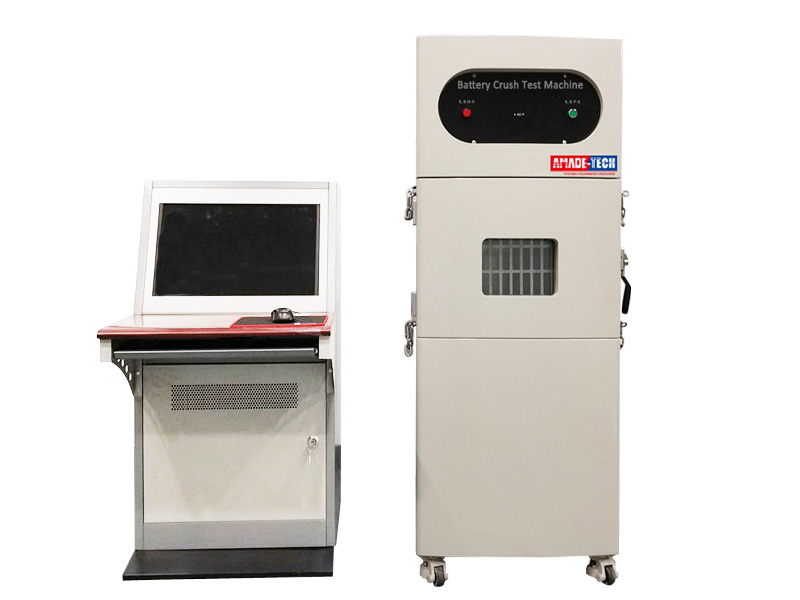
Lithium-ion Battery High Temperature Endurance | Heating Test Chamber China Manufacturer and Supplier
Battery Thermal Abuse Test Chamber is also called the high-temperature endurance test chamber, used for rapid heating tests of lithium-ion cells or batteries to determine their performance of resistance to rapid temperature rise and for molded case stress tests at high temperature. It is a 2-in-1 battery testing device that allows you to spend money on one device to achieve double functions.
The thermal abuse test is mainly used in cells, modules, and battery packs. The temperature range of our standard battery thermal abuse test chamber is RT+10 ~ 200 degrees Celsius, and the heating rate is non-linear no-load ( 5 ± 2 ) degrees Celsius. The internal dimension of the heating test chamber and the thickness of the metal sheet are based on the volume and capacity of the test sample. You are required to advise the details of your samples before quoting so as to facilitate us in proposing a suitable model.
If you are interested in a full set of lithium-ion battery safety testing equipment, please go HERE.
Design Principle
The machine has a built-in forced air circulation system. The air source is driven by the circulating motor’s wind wheel, passing through the electric heater. The hot air is sent to the inside of the chamber through the air duct, thereby reducing the energy loss and ensuring temperature uniformity inside the chamber. When the door opening and closing action causes the airflow disturbance in the chamber, the air supply circulation system can quickly restore the temperature. The box body is provided with an air inlet and an air outlet. The air circulation is smooth, and the ventilation is fast to avoid spontaneous combustion and explosion caused by the high concentration of combustible gas.
The procedure of Battery Thermal Abuse Testing
The fully charged single cell or module sample is placed in natural convection or forced ventilation chamber. The temperature inside the chamber rises to (130±2)°C at an average heating rate of (5±2)°C and keeps temperature for 30min. And then, take the sample out and return it to room temperature. The sample is qualified if it does not explode or catch fire.
The Procedure of Moulded Case Stress Testing
The fully charged battery or module with a moulded case is placed in the chamber at an ambient temperature of (70±2)℃ for 7 hours. And then remove it from the chamber and cool it to room temperature. It is qualified if no physical distortion of the mould case results in exposure of internal protective components and cells.
| Model | AT-L5004 |
| Inner Box Material | SUS #304 stainless steel |
| Outer Box Material | Cold rolled steel plate |
| Thermal Insulation Material | Glass wool |
| Inner Box Size | 500 mm (W) * 600 mm (H) * 500 mm (D) (support customization) |
| Temperature Range | RT ~ 200 ° C |
| Temperature Display Accuracy | ± 0.1 °C |
| Temperature Uniformity | ± 2 ° C |
| Temperature Accuracy | ± 0.5 °C |
| Heating Rate | (5 ± 2) ° C/min (non-linear no-load, adjustable heating rate) |
| Observation Window | Tempered glass |
| Smoke Exhaust Design | Equipped with exhaust fan and an external duct to connect to high power exhaust system in lab |
| Explosion-proof Vent Design | Located at the back of the equipment. After the pressure relief is complete, the pressure relief vent is able to automatically.return to original position. |
| Temperature Cycle | Forced convection with a blower fan |
| Power supply | AC 220V±10%,50 Hz,,18 A or 110 V ±10% |
- IEC 62133
- UL1642
- IEC 62619
- IEC62660, etc.
Thermal Abuse Test Chamber Features
Learn More about the Thermal Abuse Test
Send an Inquiry
Please feel free to contact us for more details on the product, price, lead time, payment terms, shipment methods, etc. AMADE TECH sales specialists will respond within one working day.




